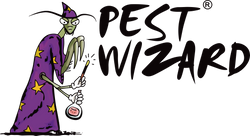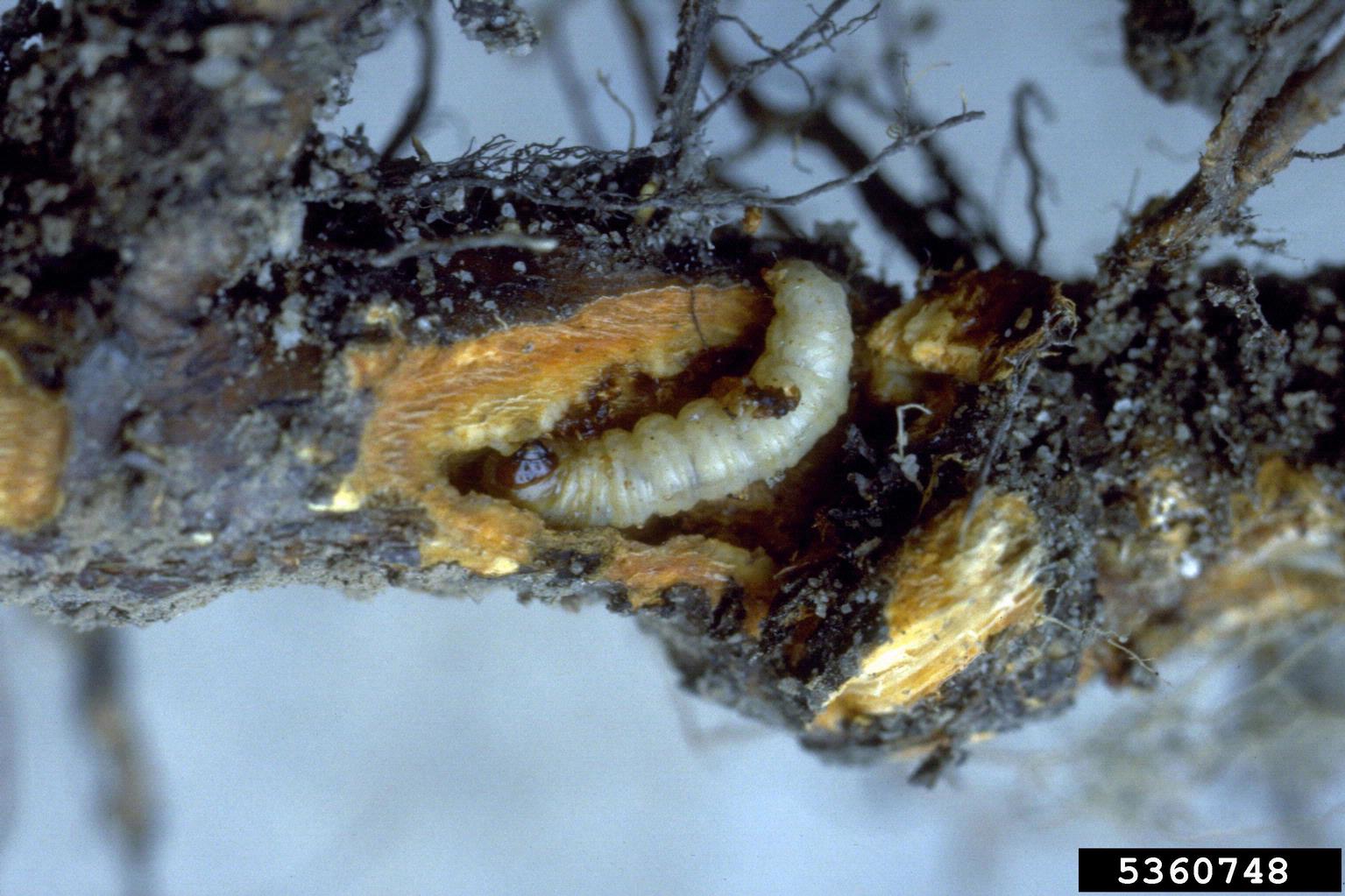Description
Selectively attracts Quadraspidiotus perniciosus for monitoring the pest population and reducing the number of breeding adults.
Contents
Trap Kit (PWK007): 2 traps, 2 hangers, 2 lures. MSRP $11.99. Case of 10. Lure Pack (PWL037): 3 pheromone lures. MSRP $9.99. Case of 10.
Dimensions
Trap Kit and Lure Pack: 6 x 4 x 0.25 inch, 0.1 lb (unit), 6 x 4 x 4 inch, 0.5 lb (case)
Useful Information
San Jose Scale
Wholesale orders only. Price and quantity is by the case.
For retail ordering visit our Store Finder.
Adding product to your cart
Selectively attracts Quadraspidiotus perniciosus for monitoring the pest population and reducing the number of breeding adults.
Contents
Trap Kit (PWK007): 2 traps, 2 hangers, 2 lures. MSRP $11.99. Case of 10. Lure Pack (PWL037): 3 pheromone lures. MSRP $9.99. Case of 10.
Dimensions
Trap Kit and Lure Pack: 6 x 4 x 0.25 inch, 0.1 lb (unit), 6 x 4 x 4 inch, 0.5 lb (case)
Useful Information

San Jose Scale
Quadraspidiotus perniciosus


Crops Affected: Berries, ornamentals, apple, nectarine, pear, peach, cherry, apricot, plum, nut, citrus
States Affected: All states
Life Cycle: San Jose scale primarily overwinters in the "black cap" or "sooty-black" nymph stage, with some mated females surviving in mild areas. Growth resumes in late winter. Adult males, emerging as tiny yellow-winged insects, mate with females under their scales. Females give birth to live young about two months later, and crawlers begin to emerge in early April, settling on plants. With up to four overlapping generations yearly, crawlers persist throughout the season. Highly prolific, one fertile female can produce over 30,000,000 progeny in a single season. Despite generally low mobility, populations on a tree can rapidly multiply within one to two growing seasons.
Damage: Unchecked infestations of this insect can kill the host tree. Infested trees exhibit reduced vigor, sparse and yellow-spotted foliage, with dying terminals. The scales impart a reddish-purple ring on infested fruit. Damaged fruit may suffer a decline in commercial value. Severe scale infestations result in tree and fruit damage, particularly problematic on large, mature trees where achieving effective spray coverage is challenging. Fruit, leaves, and one-year-old wood are key areas for scale detection.


Season to Trap: June to October
How To Use: Hang trap with lure inside at shoulder height near at risk or affected crops. Replace lures every 30 days through the season, and replace traps when 70% saturated. Adult males are attracted to the pheromones in the lure and the color of the traps in this kit. Once they land on the sticky trap, they become ensnared, never to mate or lay eggs again.
Additional IPM Solutions: Avoid practices that destroy or disrupt native beneficial insects. It is particularly important to time sprays when they will affect native beneficials the least. Dormant sprays such as horticultural oil may also be used.
Earth Friendly
Professional's Choice
Proven Effective
Fast Shipping
Photography and graphic art copyright:
Pest Wizard Brands LLC
Branch: MSU College of Agriculture and Natural Resources, Michigan State University
Fruit: Eugene E. Nelson, Bugwood.org
Fruit: Central Science Laboratory, Harpenden , British Crown, Bugwood.org















